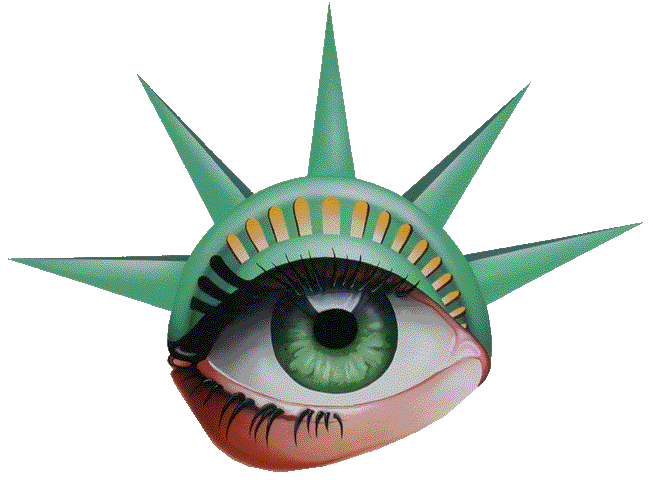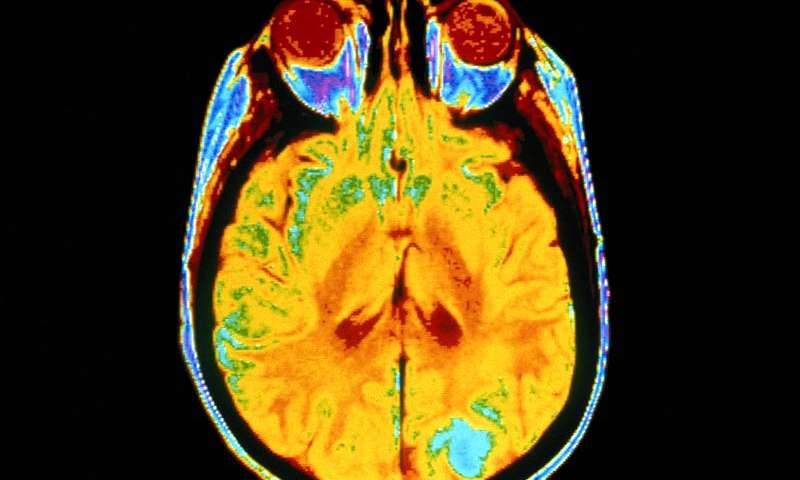
Homocysteine, an amino acid believed to contribute to heart attack, stroke and dementia, likely also is a player in retinal damage and vision loss, researchers say. Scientists want to know the impact of resulting elevated homocysteine levels on the extensive blood vessel and neuronal network of the retina; their preliminary evidence suggests that it isn’t good. The retina is the tissue at the back of the eye that collects light signals to send to the brain for processing as vision.
Homocysteine levels rise when folic acid levels drop, a common problem for people whose diets are poor in folate-rich fruits, tomatoes, vegetables and grains
Folate and vitamin B12 – which we typically get plenty of – convert homocysteine to methionine, an amino acid essential to protein synthesis.
Without the conversion, rising homocysteine levels interfere with the folding and structure of collagen, a component of bone, tissue and the basement membrane of blood vessel walls. When pregnant women don’t get enough folate, the result can be devastating neural tube defects, such as spina bifida, in their babies. People with a genetic defect that results in a homocysteine level 40 times the norm are tall, thin, have osteoporosis and a markedly increased risk of clotting. Tiny clots cause small, frequent strokes, cumulative tissue damage and, eventually, mental retardation. If you are having thrombotic attacks in the retina like what happens in the brain, it will affect visual function, too.
To avoid the build-up of homocysteine, we need to eat plenty of folate-rich fruits, tomatoes, vegetables and whole grains; things that are in the Mediterranean diet. Just like this diet will help your heart and blood vessels, it will be good for your eyes, and help protect your good vision for a lifetime.


